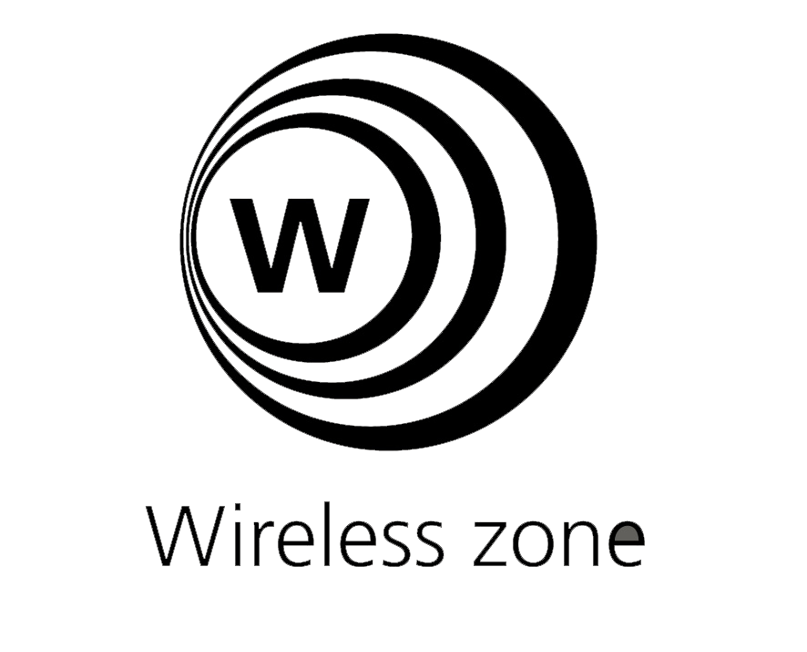Wireless Vs. Wireless

3G and Wi-Fi are the two main mobile communications technologies today, but until recently they have been complementary services, the former offering users network access through cell phone masts forming a wide-area network (WAN), the latter based on hot-spot connections through a local-area network (LAN). Both then provide connectivity to the web, email and other services.
With the advent of Wi-Fi based municipal wireless networks, such as that launched by one telecommunications company in New York’s Times Square and by a well-known supermarket chain across all its stores, there is, say Seungjae Shin of Mississippi State University — Meridian and Martin Weiss of the University of Pittsburgh, Pennsylvania, a strong possibility that Wi-Fi will compete with the 3G cell phone network in city areas and perhaps even become a substitute.
Their study appears in the International Journal of Mobile Communications.
Shin and Weiss point out that substituting Wi-Fi for 3G would cut costs of peripatetic workers and others who need access to broadband internet services when not at devices connected directly to the internet, such as desktop computers. They have now used game theory to investigate how 3G and Wi-Fi would actually compete for users given a particular set of circumstances, costs, and availability. Their findings demonstrate which of the two technologies would be the winner in terms of market penetration and coverage percentages.
Their analysis shows that the 3G network would become more profitable as Wi-Fi coverage percentage increases, and that 3G is more favorable in areas of high population density. In contrast, Wi-Fi has the advantage when the market has a high penetration rate but a low coverage area. Until now, municipal wireless networks have not being active in big cities across the USA and the 3G cell phone service itself is relatively new and only being adopted as so-called smart phones become more prevalent and replaces old-style cell phones. As such, there has been little competition between the two wireless communications protocols.
The team suggests that as the market matures and competition increases between the two network service systems, the detailed results of the analysis will help to serve as a guideline for providers of either system to ensure ubiquitous mobile internet access.
